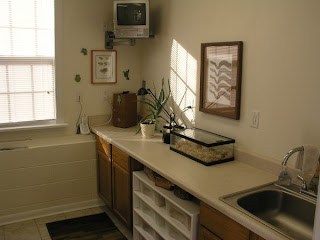Tomatoes
My grandfathers made it looks so easy. Vine ripe home grown tomatoes bursting with flavor and juiciness were so plentiful as a kid that I just took them for granted. Truth be told I’ve grown tomatoes before without much hassle but since moving to coastal NC it’s been pretty hit and miss. This year I decided to do the necessary reading and research to determine what was so frequently going wrong. In the end I believe I’ve learned what I need too in order to have a reliable yield next year. Perhaps my most important victory this year was to correctly identify the diseases that have been plaguing my tomatoes for several years. The first and worst of these is early blight. This is a nasty little soil fungus that tends to accumulate in gardens that routinely grow tomatoes. There is no such thing as blight resistant plant, which was my first mistake. When you see varieties listed as resistant this is generally referring to the various forms of wilt but more on that latter. The prime...

